The territory of the Kremlin is where Moscow’s history began. The fortress around this spot was first built upon in 1156 by Yuri Dolgorukiy. It was about that time (1147 to be exact) that the settlement of Moscow is first mentioned in historical chronicles. Of course all walls and buildings were made out of wood as it was the most readily available material at that time.
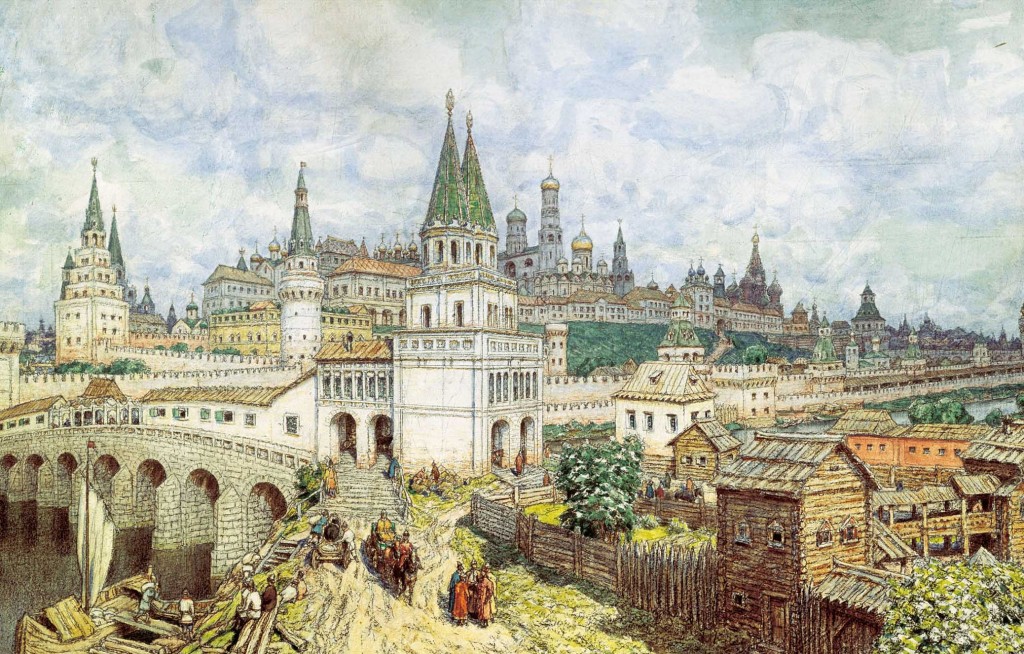
In the second half of the 14th century some parts of the wooden Kremlin got replaced by the white stone from the local areas. Since then Moscow was often referred to as “The White Stone One” (Москва Белокаменная). Of course later on (around the end of the 15th century) the walls and buildings in Kremlin were rebuilt, and white stones were replaced with red bricks. So here comes the first curious fact:
- Almost until the end of the 19th century Kremlin walls were always painted white to honor the traditional look of the Kremlin and to preserve the bricks for longer. You can see White Kremlin on a lot of paintings from the 18th and 19th centuries, like the painting below created by Peter Vereschagin in 1879.
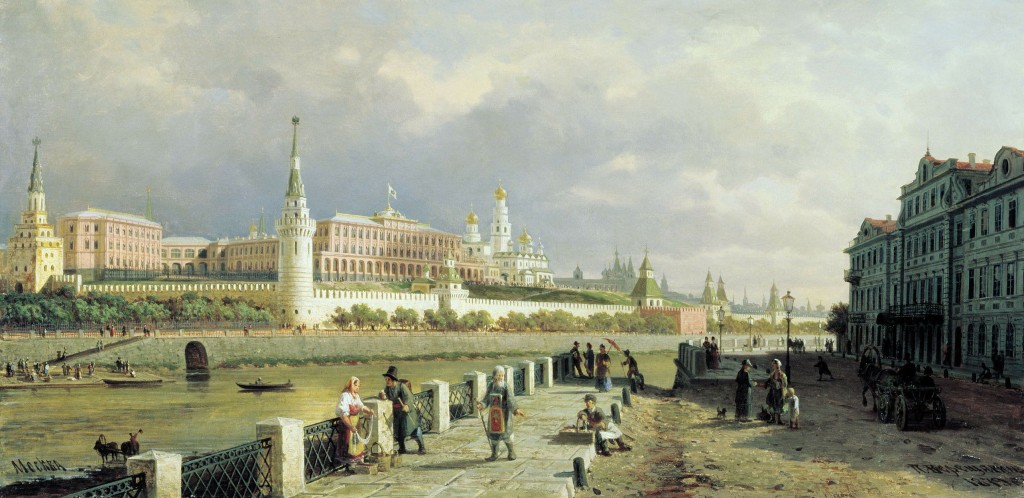
During its long history Kremlin and its territories saw quite a few changes. The fortress suffered fire and destruction, major re-doings, reconstructions and subsequently demolitions of churches and other buildings by the Soviet government. It’s fortunate that the Kremlin is still there to remind us of our history! Did you know that…
- During WWII the Kremlin did not suffer too dramatical damage despite huge bombardment of the city in 1941-42. It’s because the Kremlin was disguised as standard living houses! Golden domes of the churches were painted grey, crosses on top of the domes were removed, green roofs of the towers were repainted brown as well. The walls were decorated with fake windows and doors, and the characteristic notches of the walls were covered with plywood to imitate roofs. Wooden constructions were erected on the Red Square to create a look of an ordinary residential area.
This information was classified for a long time, and was made public not that long ago. Here are some amazing pictures from 1941-1945.
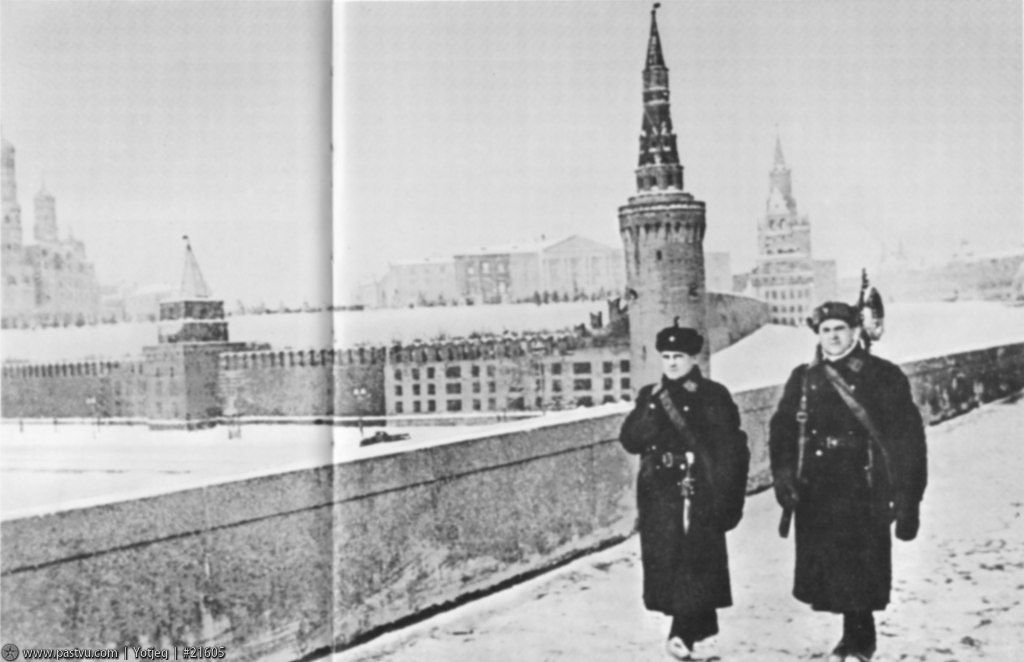
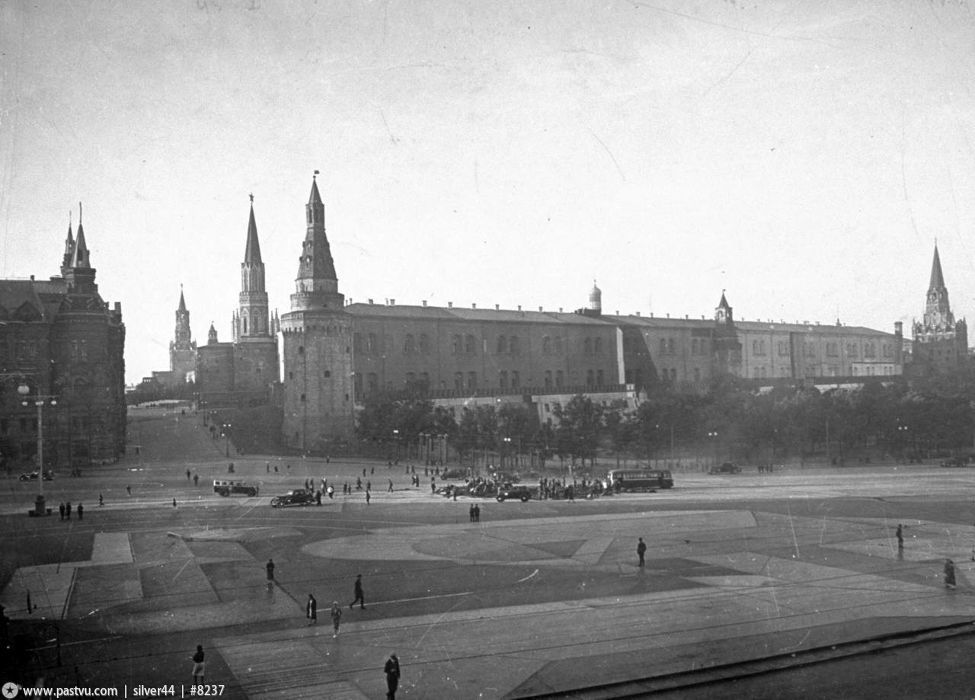

Well, the disguise didn’t save the Kremlin from some bombs falling down and destroying some objects. The Kremlin was bombed 8 times. However, many bombs out of hundreds did not go off, which made Soviet soldiers believe that some kind of divine force was protecting the fortress.
I guess if it wasn’t for the fact that Kremlin was the residence of the Soviet government and a symbol of the country, the command of the army would not bother too much to protect it. Soviet regime did not worry that much about preserving the history of the nation – many buildings inside the Kremlin were demolished by our people themselves in the 1920s and ‘30s. So I must say it’s very fortunate that Lenin and his followers chose Kremlin as their official residence!
One more (and last for today) curious fact about Moscow’s major historical attraction:
- Kremlin is the largest fortress on the whole territory of Russia, and the biggest active fortress in Europe! Of course the history knows grander fortresses but Kremlin is the only well preserved and still in use.
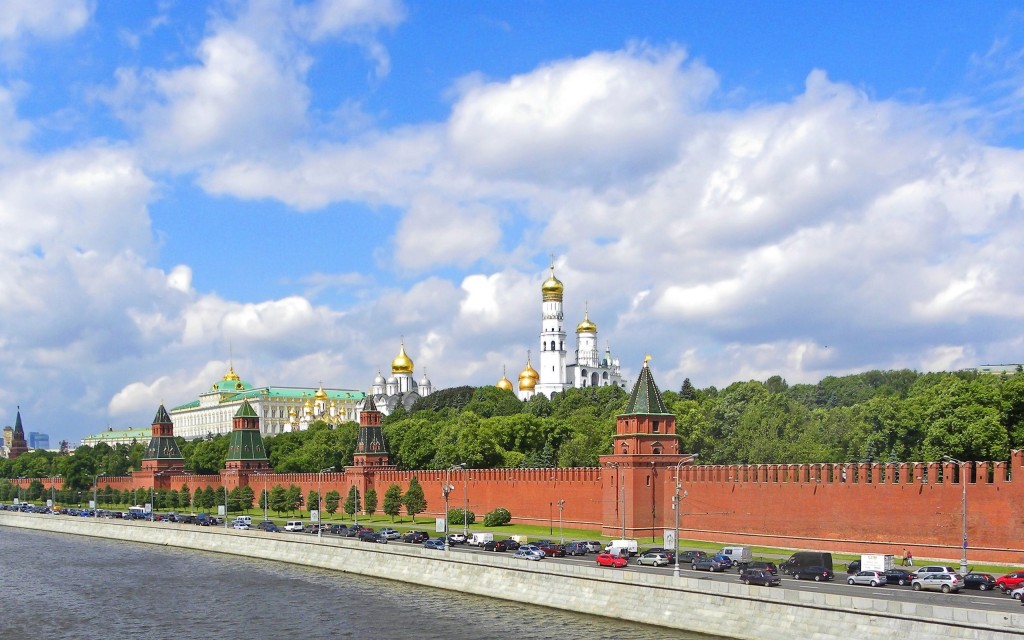
Total length of Kremlin walls is 2235 meters (7,332ft),and together they form the shape of an irregular triangle.
There are 20 towers around the walls, and the highest one is the Trinity tower (Troitskaya Tower), which together with the star on its top amounts to 80 meters high (262 ft).
There is much more to Kremlin’s history and many more interesting facts about the fortress, so read about it on the official website www.kreml.ru/en/ or Wikipedia page, or best visit Moscow and take an engaging tour around the Kremlin!
